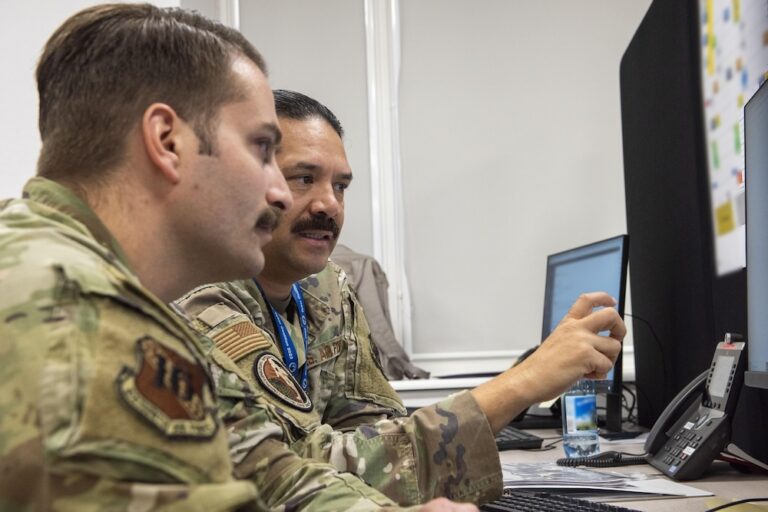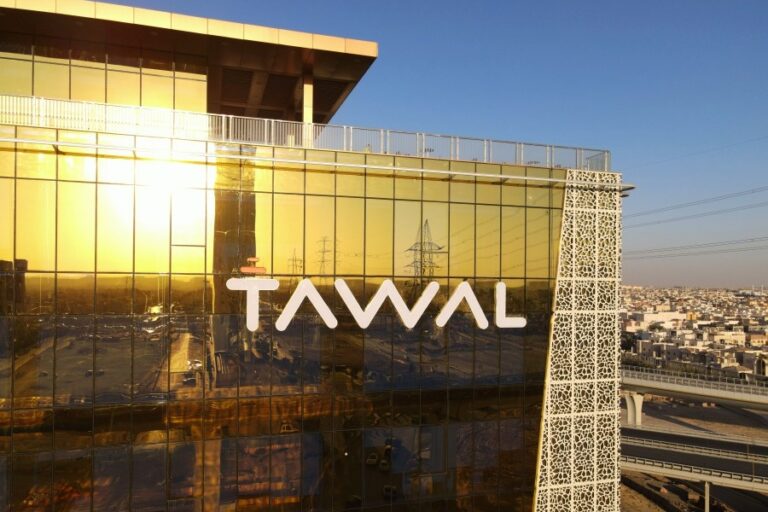With Enea, the operator could help extend the capabilities and architecture of signalling firewalls to improve protection for virtual, cloudified and physical infra
Zain KSA, which provides mobile and digital services in the Kingdom of Saudi Arabia, is to trial what Enea says is world’s first signalling overlay on a mobile network. The technology is designed to extend the signalling firewall’s capabilities and the trial is expected to start this year on Zain KSA’s network.
Enea says the pilot programme could be expanded to other markets and customers.
The patent-pending tech was conceived in Enea’s Technology Research unit last year. It takes advantage of the signalling firewall’s techniques for detection and protocol correlation, using “transport layer-aware distributed ingestion” across virtual, cloudified and traditional network infrastructure.
Deep insights, greater protection
This gives the operator deeper insights into network events and helps defend against “emerging threats”. Anders Lidbeck, CEO of Enea, elaborates, “The emergence of cloud and virtualized infrastructures, along with the proliferation of private networks and APIs, has introduced new complexities and vulnerabilities in mobile networks, significantly increasing the risk of sophisticated cyberattacks.
The Kingdom aims to be at the forefront of 5G development as part of Saudi Vision 2030’s goal to become an ICT leader and transform into a sustainable digital economy.
Threats on and to telecom networks are escalating globally, hence network security is a high priority for Zain KSA, which has consistently invested in security for signalling and messaging to safeguard its digital ecosystem.
Acceleration
The intention is that this pilot will accelerate innovation and the deployment of next-generation signalling security for complex and more sophisticated attacks on networks.
Eng. Abdulrahman Al Mufadda, COO of Zain KSA, commented, “By being the first to test this promising technology, we are cementing our position at the forefront of telecom innovation, furthering our commitment to providing secure and cutting-edge solutions to our individual and business customers in the Kingdom of Saudi Arabia.”
Lidbeck added, “This partnership builds on our long-standing relationship with Zain KSA, and emphasizes our shared commitment to enhancing network security and embracing innovation.”











